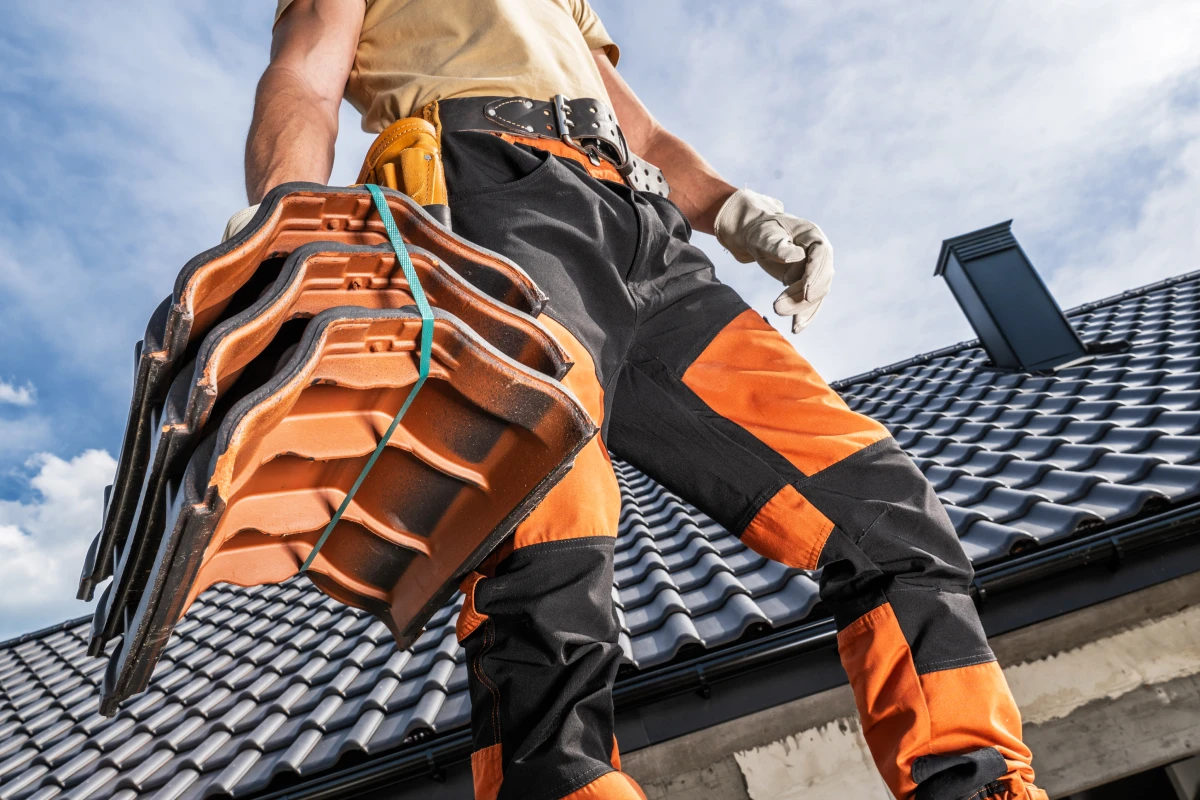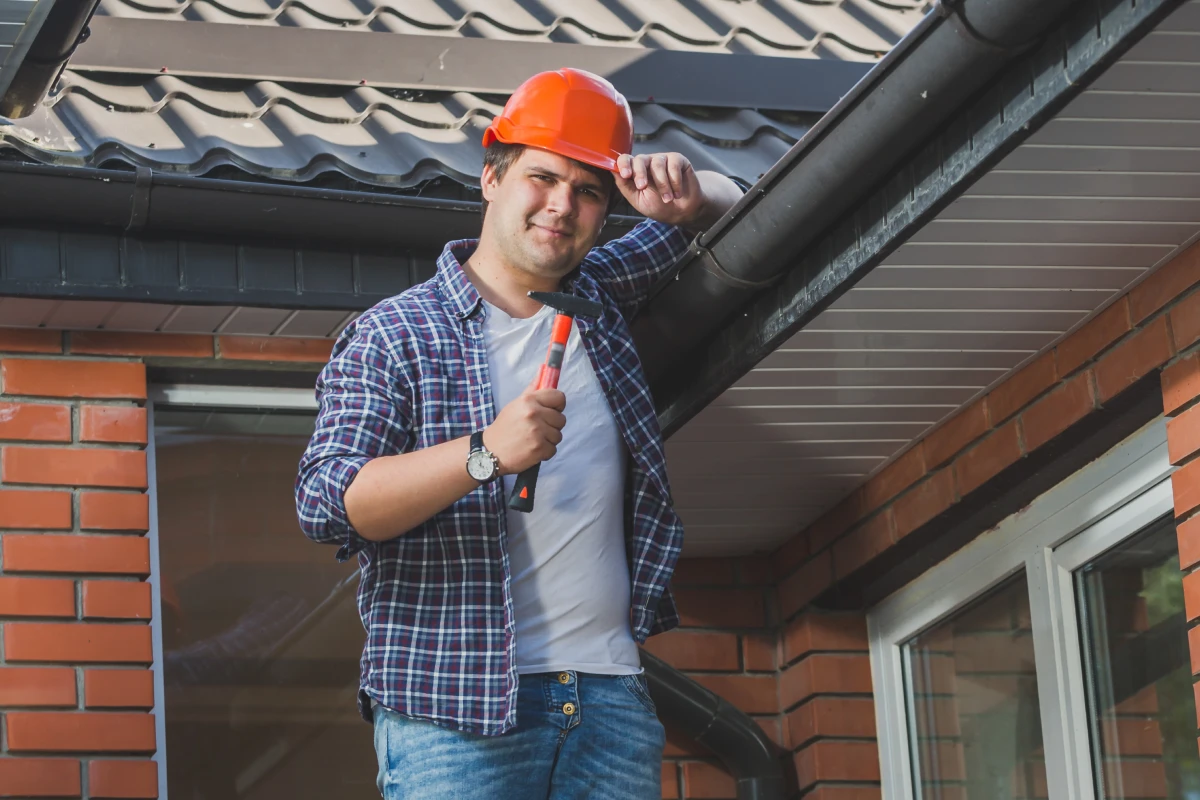If you’re like most homeowners in Northwest Indiana, you know your roof won’t last forever. Maybe you’ve noticed some curling shingles, a few missing tabs after a storm, or even some water spots on your ceiling. And now you’re wondering… “How much is this going to cost me?”
The answer? It depends.
We’d love to give you a quick, one-size-fits-all price. But the truth is, your roof’s cost depends on a handful of key factors—some you can control, and some you can’t. In this post, we’ll walk you through exactly what affects roof pricing in 2025, what average homeowners in this area are paying, and how to get a fast, accurate quote for your home—without any pressure or guesswork.
What Factors Affect Roof Replacement Cost?
Before we jump into the numbers, let’s break down what actually affects the price of a new roof. If you’ve ever received wildly different quotes from two roofing companies, it’s probably because of one or more of the factors below:
1. Roof Size
This one’s obvious. A larger roof requires more materials, more labor, and more time. Roofing is typically priced per square (100 square feet), so the bigger the roof, the bigger the price tag.
2. Pitch & Complexity
Is your roof flat or super steep? Does it have a lot of valleys, dormers, skylights, or intersecting rooflines? More complexity means more time, more safety precautions, and more cutting and sealing—so labor costs go up.
3. Tear-Off vs. Layover
In a full tear-off, your roofing contractor removes all the old shingles down to the deck. While this is more expensive than layering new shingles on top, it’s also the right way to do it if you want your new roof to last. (And in most cases, local building codes require it.)
4. Shingle Quality
Not all shingles are created equal. A basic 3-tab asphalt shingle is cheap—but won’t last nearly as long or perform as well as architectural or impact-resistant shingles. Investing in higher-quality materials often means a higher upfront cost but lower long-term maintenance.
5. Flashing & Chimney Work
Are you replacing or updating metal flashing around chimneys, skylights, or brick walls? These details often get overlooked but are crucial to long-term performance and leak prevention—and they can add hundreds (or even thousands) to your total bill.
6. Ventilation & Add-Ons
Your attic ventilation plays a huge role in roof longevity. If you need to add ridge vents, soffit vents, or attic fans, that can affect your total cost. Same goes for gutter work, insulation, or other roof-adjacent upgrades.
Average Roof Replacement Cost in Northwest Indiana (2025)
Okay, let’s talk numbers. For a full tear-off and replacement using architectural asphalt shingles, here’s what you can expect to pay in 2025:
- Smaller roof (1,500 sq ft): $6,200 – $9,700
- Average roof (2,000 sq ft): $8,200 – $12,900
- Larger homes or complex roofs: $15,000 – $25,000+
Typical Price Range for a 3-Bedroom Ranch:
If your home is a standard single-level ranch-style with around 1,800–2,000 sq ft of roof space, you’re probably looking at $18,000 to $22,000, with $20,000 being a solid average.
| Roof Size | Estimated Cost (2025) |
| 1,500 sq ft | $6,200 – $9,700 |
| 2,000 sq ft | $8,200 – $12,900 |
| Complex Roofs | $15,000 – $25,000+ |
What’s Driving the Higher Prices in 2025?
We’ve seen some major shifts in roofing prices over the past few years, and 2025 is no exception. Here’s why prices are up:
- Shingle prices have increased — Manufacturers have bumped prices 6–10% due to raw material costs and supply chain issues.
- Labor shortages — There’s a growing demand for skilled trades, and roofers are in short supply. That pushes labor rates up.
- Logistics & disposal costs — Fuel, transportation, and dumpster fees are higher than ever.
- More severe weather — Midwest winters (snow, ice, wind) and storm seasons increase demand and drive price spikes locally.
The result? Homeowners are paying 15–25% more in 2025 compared to just a few years ago.
What’s Included in That Price?
A good roofing company should offer a full-scope replacement that includes:
- Full tear-off of old shingles
- Disposal of roofing debris
- Deck inspection & minor repairs
- Ice & water shield and synthetic underlayment
- New architectural shingles
- New flashing (chimneys, walls, valleys, etc.
- New ridge vents or attic ventilation (if needed)
- Complete site clean-up
Ask your contractor exactly what’s included—some may charge extra for flashing, vents, or permits, which can add surprise costs down the line.
Can I Get a Quick Estimate for My Home?
Yes—and you don’t have to jump through hoops.
We’ve made it simple to get an accurate price range without the awkward sales pitch. Just click the link below and fill out a few quick details about your home. In less than 30 seconds, you’ll get an instant online estimate, personalized for your roof.
Click here to get your instant quote now
Want to speak to a real person? Call us at 219-777-0284 and one of our in-house experts can walk you through everything, answer your questions, and even schedule a free on-site assessment.
Final Thoughts
Replacing your roof is one of the most important investments you’ll make in your home—and in 2025, it’s more important than ever to get it done right.
Whether you’re dealing with storm damage, planning a pre-sale update, or just want peace of mind for the next 25 years, we’re here to help. A new roof can cost anywhere from $6,000 to $25,000+, depending on your home—but most homeowners in Northwest Indiana can expect to pay around $20,000 for a full tear-off and architectural re-roof this year.
The best way to find out your actual cost? Take 30 seconds and get a free estimate today.


